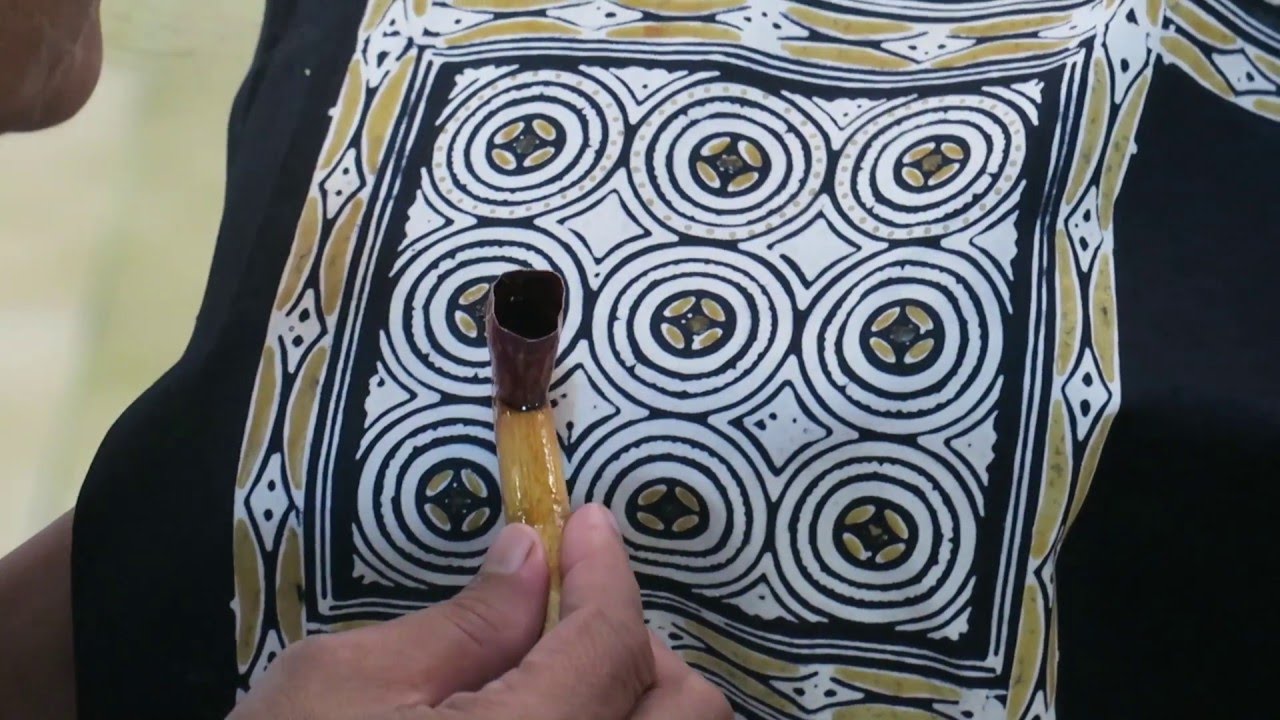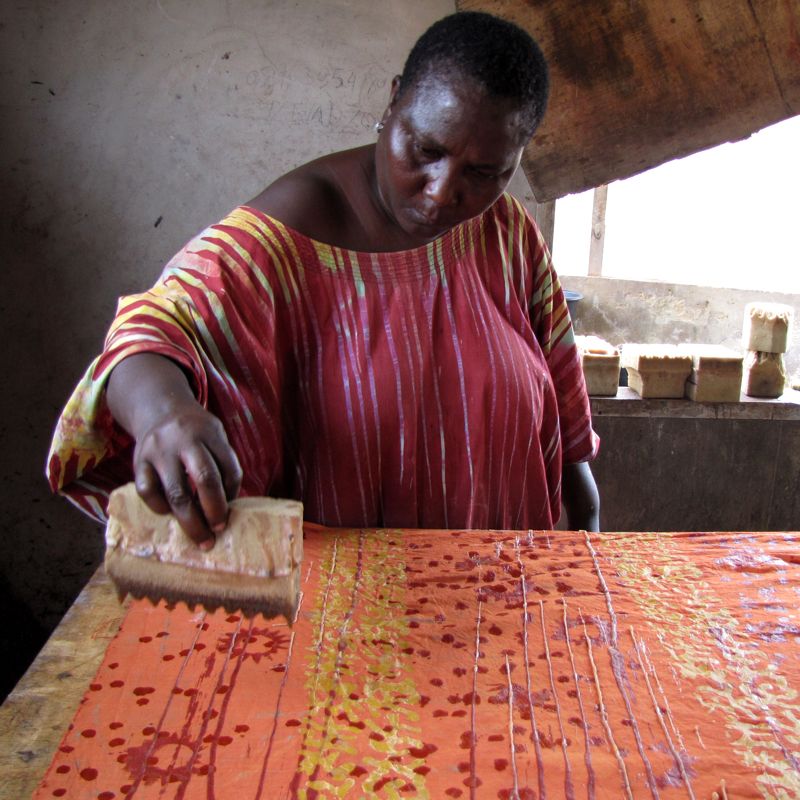A Glimpse Into Batik Art From Another Continent
A GLIMPSE INTO BATIK ART FROM ANOTHER CONTINENT

VIA YOUTUBE
A critique of motifs found in African batik provides a fascinating glimpse into cultural mores of Ghana, providing the much needed perspective that art tends to generate

Heritage folk art observers from India note that the textile craft of ‘batik’ has been relevant in our country for at least the past 2,000 years, traced way back to the fold of the Khatri community of Gujarat, studied at Shanti Niketan of West Bengal, and mastered by skilled artisans of Cholamandalam, Tamil Nadu, besides practiced in numerous other states.
However, the fact is that batik is a thread weaved into a much larger global tapestry. Its roots and diverse forms can be found in nations including Indonesia (which claims origin of the art), Malaysia, Sri Lanka, and China — and even far away Africa.

Here, while it is said that English and Dutch merchants from Indonesia first introduced batik in the 19th century, several African tribes, including the Yoruba from Nigeria, Wolof and Soninke from Senegal and Bamana from Mali, started to experiment with their own designs using mud, cassava starch and rice paste instead of wax to resist the dye.

Thus, the ancient art of batik may seem simple enough, in that it uses various materials to resist dyes and create vibrant beauty on fabrics. But according to Dr Alice Korkor Ebeheakey — an Africanist, artist, art critic and researcher working as a lecturer with the Kwame Nkrumah University of Science and Technology (KNUST) in Ghana — the art goes one step ahead as “a strenuous projector of culture”. She believes that its critique helps one take a crucial step toward improvement and innovation, as well as helps achieve a glimpse into a facet of African culture that is important for its overarching understanding.
Consolidating this view, the PhD degree holder in the subject of ‘African Art and Culture’ has delved into the works emerging from the ‘Asfatex’ workshop training centre in Kumasi Ghana, which serves educational groups and individuals with instruction in varied batik arts and tapestry weaving, while targeting the private as well as the tourism sectors within Ghana.
In her exploration, a critique of the works of Dr Abraham Ekow Asmah and Sylvester Lumor under this umbrella brings in a sense of universal connection to the Ghanaian artistic cultural landscape.

For instance, as part of the Asmah pictorial batik collection (1998), ‘The Porridge Seller’ has become an immortalized motif. It was designed on mercerized cotton fabric, produced by the Tjanting batik printing method (stylus-like tools for applying hot wax in batik work to create detail and fine line designs). The composition captures the ethos of daily market energy, and idolized cultural heritage in the form of women’s empowerment, by showcasing the simple, common and yet integral interaction of a female entrepreneur providing for her household by feeding workers a meal. Asmah therein succeeds in catching a moment of historic cultural permanence during the work cycle of any establishment in the Ghanaian ecosystem. His art is further explored for its asymmetrical balance, usage of colour and perspective, repetition of familiar visual elements, and expert rhythm in composition.

In yet another iconic artwork to be explored, Sylvester’s ‘The Naked Wanderer’ (1999) depicts, in the critic’s words: “The human figure centred is in the middle of the painting portrayed in a calm, open and cloudless skyline at the background. The full human figured batik is naturalist in nature with a tilted body and a twisted cloth folded around the neck to cover the private part of the body leaving the buttocks exposed.” Its analysis, she notes, has often been tainted by relatively conservative cultural perspectives. The beauty and strength of the male figure are evident in the lines of the batik art, which uses earthy tones throughout and showcases characteristics of expressionism.
Dr Alice concludes that understanding these works of batik art in their proper context help in their appreciation, with the quintessential realism of African art being placed on a pedestal in these notable instances.

